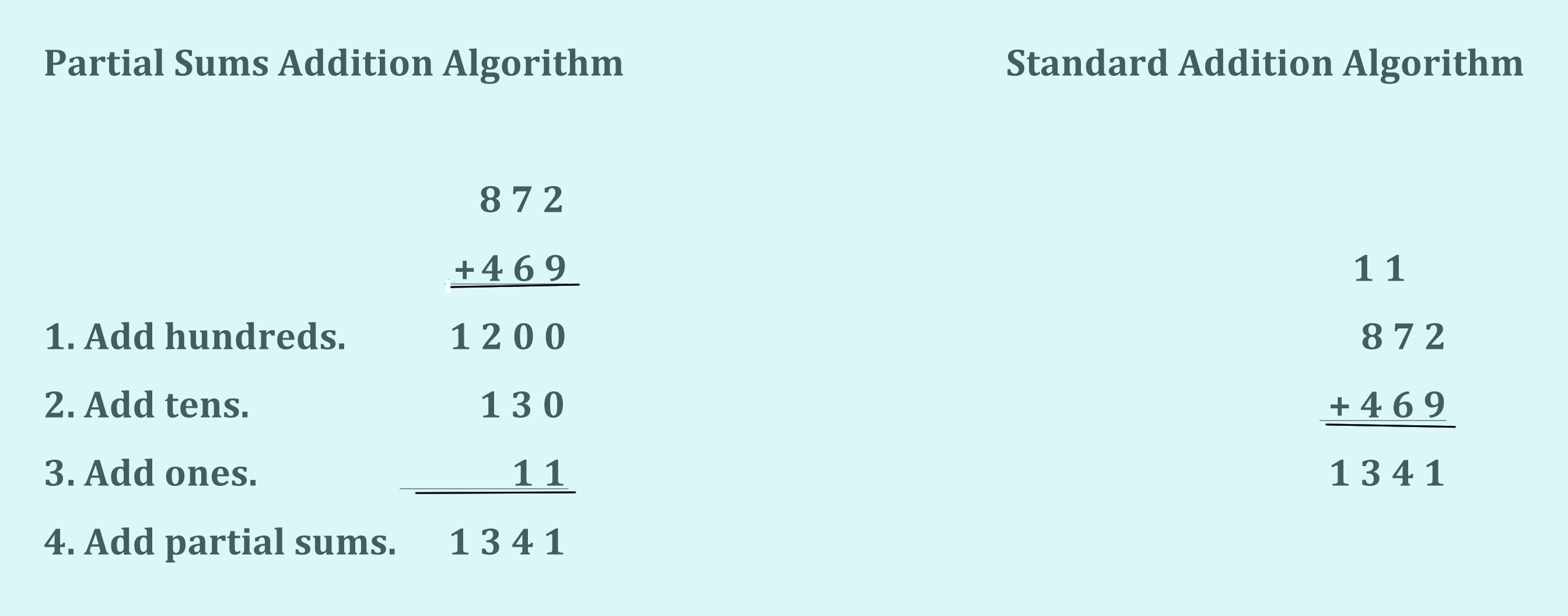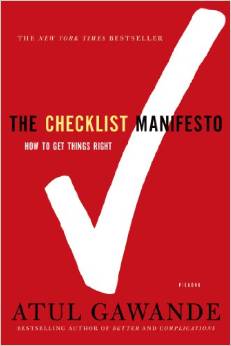“Design is a funny word. Some people think design means how it looks. But of course, if you dig deeper, it’s really how it works. The design of the Mac wasn’t what it looked like, although that was part of it. Primarily, it was how it worked. To design something really well, you have to get it. You have to really grok what it’s all about. It takes a passionate commitment to really thoroughly understand something, chew it up, not just quickly swallow it. Most people don’t take the time to do that.”
Steve Jobs interview – Wired, 1996.
Design is concerned with how things work, how they are controlled, and the nature of the interaction between people and technology. When done well, the results are brilliant, pleasurable products. When done badly, the products are unusable, leading to great frustration and irritation. Or they might be usable, but force us to behave the way the product wishes rather than as we wish.
Don Norman, The Design of Everyday Things
Are we using better design of educational materials to help students learn more easily and effectively?
A previous post about Working Memory Research and Education explored a few assumptions about working memory in regard to the standard addition algorithm used in many countries, including the U.S.
However, we can go farther. When we need to teach and use algorithms, can we identify better ones? What makes one design better than another?
Here are calculations using two addition algorithms. For the calculation labeled “partial sums,” I’ve included the verbal directions because fewer of us have encountered this method.
 Try and compare the methods for yourself. Can you see why the partial sums method:
Try and compare the methods for yourself. Can you see why the partial sums method:
- reduces the amount of information one must keep in working memory?
- promotes better understanding of place value?
- decreases the probability of errors?
- helps students to learn more naturally about making estimates?
So Why Algorithms?
First of all, let’s back-track for a moment. Why do we use algorithms? Well, algorithms are routines, and we all know that better, that is, well-designed routines can save time and energy. Routines, by making frequently performed actions automatic, can allow people to concentrate on more important matters. Carefully planned and applied routines can also reduce errors. Atul Gawande in his thought-provoking book, The Checklist Manifesto, has described how standardized checklists used habitually in construction, aircraft, and hospitals can help personnel avoid and recover from mistakes and accidents.
The type of routine known specifically as an algorithm is “a process or set of rules to be followed in calculations or other problem-solving operations, especially by a computer.” Students can learn and use such a set of steps, just as a computer does, without understanding, or they can use the sequence of steps, as humans may, with understanding.
Identifying Better Algorithms
The best algorithms for humans are easy to learn and use. They also make sense.
The most difficult algorithms for humans to learn and use are those that include many complicated steps that seem random. Algorithms, particularly more complicated ones, when learned by rote and without meaningful associations to important mathematical ideas, often result in:
- trying to remember and use a lot of information at one time
- terminology and extra junk that don’t really fit into the larger conceptual understanding of math
- unreliable retention over time, if there is not enough practice, because rote memorization requires much more practice than learning based on understanding
- undetected errors that are more likely to occur with more steps and details
An additional possible problem occurs when students can’t recall the math facts they need easily and without effort in order to complete a calculation. The mental juggling act of keeping information in mind and manipulating several bits of that information is working memory in action. The less students know “by heart”, the more their attention must jump back and forth between the steps of the addition algorithm and trying to remember or figure out sums.
Transforming the Difficult into the Easy
Don Norman, in his book The Design of Everyday Things, has suggested seven user-centered design principles for transforming difficult tasks into easy ones:
- Use both knowledge in the world and in the head.
- Simplify the structure of tasks.
- Make things visible.
- Get the mappings right.
- Exploit the power of constraints – natural and artificial.
- Design for error.
- When all else fails, standardize.
Let’s Compare
If we compare the standard addition algorithm with the partial-sums algorithm, we see that both:
- Can result in accurate calculation of sums.
- Are based on the recognition that in many cases it may require less effort to add numbers separated into parts by place value than to add whole numbers.
- Provide a standard procedure so that students do not need to recreate how to calculate sums each time they encounter a problem requiring addition.
- Allow calculations to be written down so there is a visible record.
- Show the structure of numbers mapped according to place value.
- Reduce errors through the constraint of lining up numbers in columns by place value.
Additional Benefits of the Partial Sums Method
However, the partial sums algorithm follows Don Norman’s design principles to a greater extent and makes the calculation much easier and initially more understandable.
- More of the steps to the solution are made visible, so that students do not need to depend as much on memory for details.
- All of the numbers written as partial sums make sense as whole numbers – 1200, 130, 11.
- Addition is simpler. When adding two multi-digit numbers, one never needs to regroup because even with the largest numbers possible — e.g., 999 + 999 (which we arguably shouldn’t need this algorithm for, anyway), the partial sums when added will never be more than 1800 + 180 + 18.
- Adding the partial sums with the largest place value first leads students to think of total quantity early, a better immediate estimate of the total sum.
- Errors can be more easily avoided and caught because less of the thinking is hidden.
Disadvantages of the Standard Method
In comparison, the standard algorithm has several disadvantages:
- It is easier to miss the crucial point that we are decomposing and recomposing numbers by adding their parts (100s, 10s, 1s, and so on).
- Much of the work is invisible because only the final answer is written down. (We DO save paper, however — which may have been more important when human clerks were our only calculators.)
- Starting at the right column and adding the 1s first calls attention initially to the smallest quantities, which are least important for making a prior estimate of the sum.
- If numbers in a column add up to more than 9, students must regroup (or using the less conceptually careful wording, “carry”) into the adjacent left-hand column.
- It is harder for students to find mistakes.
What Do We Do When We Find Better Methods?
Even though the partial sums algorithm seems appreciably better in many ways than the standard addition algorithm, some curricula include both in their sequence, beginning with something similar to the partial sums method, then moving over time (sometimes over a period of years) to the standard algorithm.
Are both needed? Some may even think that the partial sums method is not needed. We need to observe and test all of the bits and pieces, the nuts and bolts, of lessons over time to see if and how they are based on and help children to develop deep understanding of mathematics.*
Good teachers and materials can make learning complicated information easier — but is what we teach intrinsically complicated or have we accepted complexity without trying to focus on the essentials? We need to think carefully about how we spend our time and energy. We also must consider the additional difficulties — and children who are not successful — when teachers and materials are not so expert at making the complicated simple and clear.
Better design makes understanding easier and reduces the work that we have to do, either in learning or teaching.
* The following paper, which is worth reading, shows a progression of learning algorithms for addition, subtraction, multiplication, and division, some of which are very different from those commonly used in the U.S.
For an overview of one elementary math curriculum that meets many criteria for good design, I recommend the excellent Singapore Math Workshop held each summer by Dr. Richard Bisk at Worcester State College in Massachusetts. Participants use the textbook Elementary Math for Teachers by Parker and Baldridge, which pulls many lessons and problem sets from the 3A, 4A, 5A, and 6A Primary Mathematics set of student text and work books to show how math concepts can be developed and taught. (By the way, there is some controversy about the relative quality of some other Singapore Math texts and materials. For example, a couple of years ago, I worked with a student whose class was using the U.S. Singapore Math 4th grade text and workbook published by Houghton Mifflin Harcourt. I needed to go back to the corresponding Primary Mathematics text and workbook to figure out the point of some of the problem sets.)
For Further Reading
- My Xyla and Yabu App: Are the Word Problems Too Much? - September 24, 2016
- Model Drawing — An Essential Tool that Makes Us Smarter - September 9, 2016
- To What Should We Have to Pay Attention? - October 2, 2014

